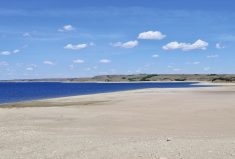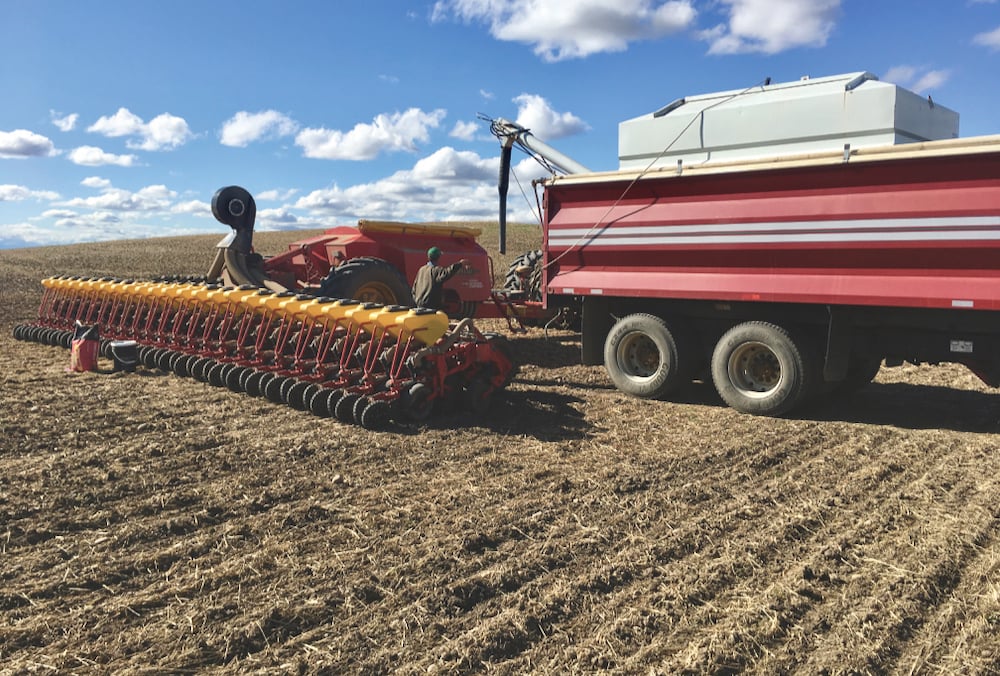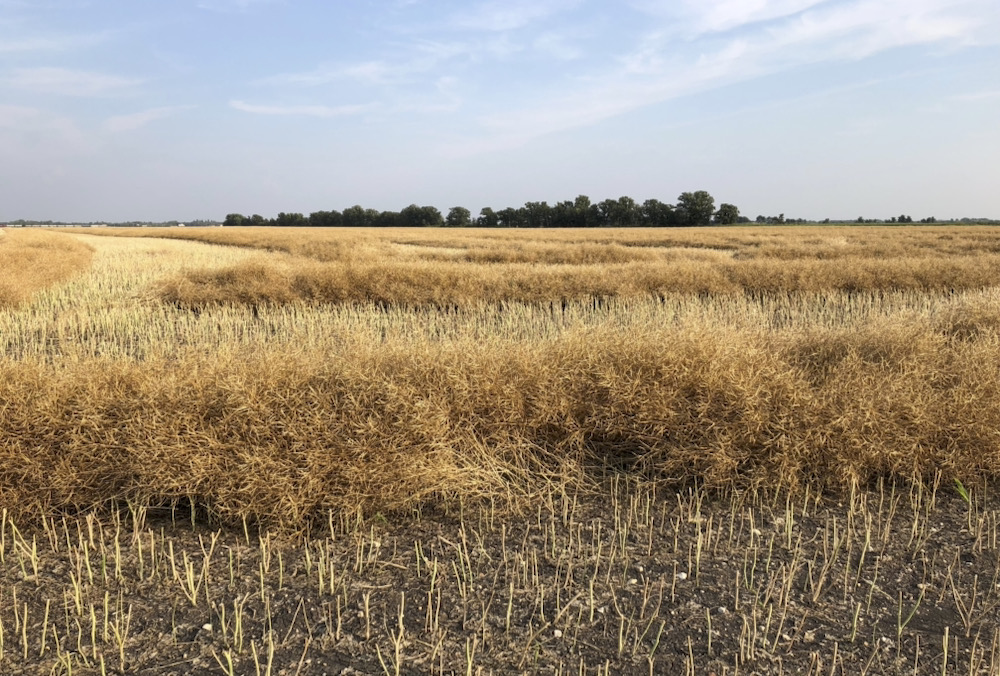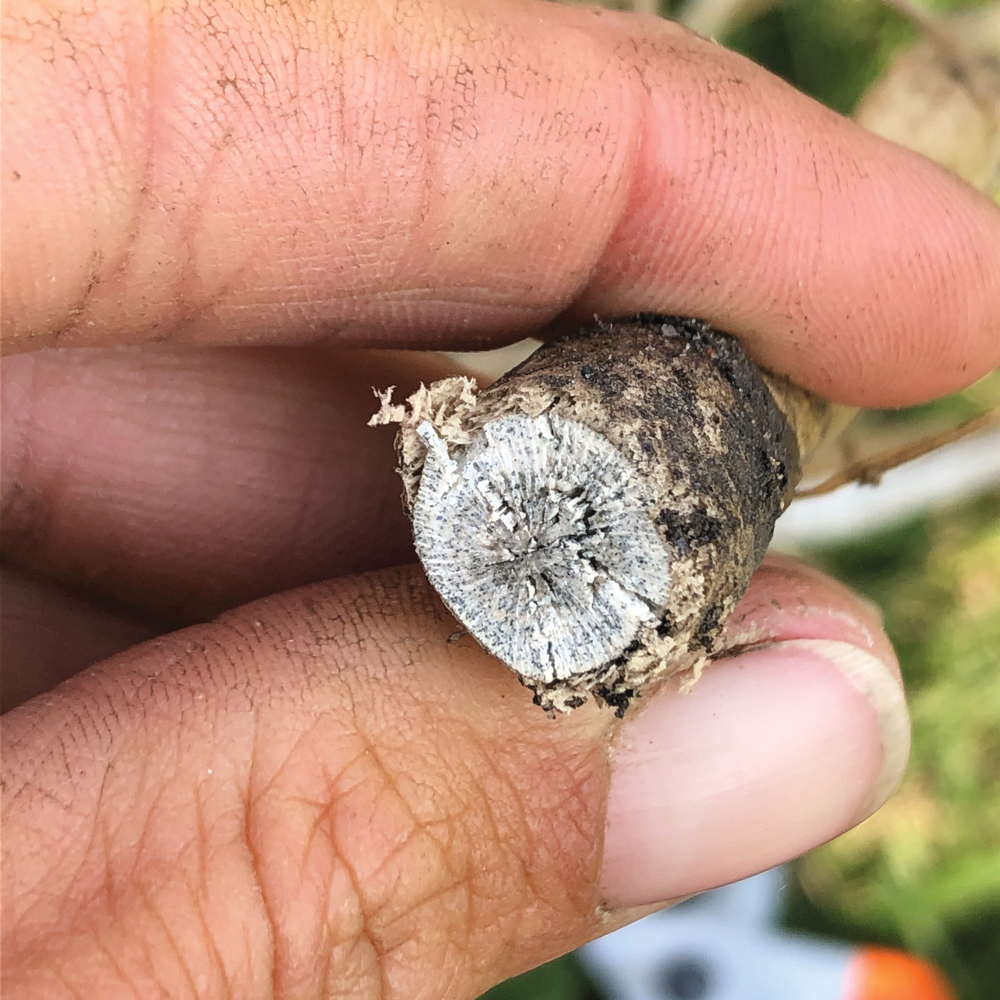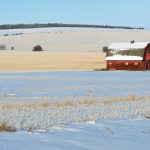The best time to spray canola with a fungicide to control blackleg is at the two- to four-leaf stage, but there are things farmers can do to avoid having to spray at all.
“Blackleg becomes a greater risk when you have seen blackleg in your field in the past and you’ve seen yield loss,” said Anastasia Kubinec, an oilseed specialist with the Manitoba government.
“If you do have good rotation — two, three, four years between canola — and you are not seeing blackleg… in the field, I would not be spending money on fungicide for blackleg because you do not have a higher risk.”
Read Also

Crop rotations and the bottom line
Glacier FarmMedia – When it comes to on-farm decision making, the bottom line for most farmers is often, well, the…
Blackleg can cut canola yields by half, but unlike sclerotinia — another fungal disease that infects canola — longer canola rotations can reduce its incidence and severity.
Kubinec said she has seen the benefits of longer canola rotations on her own family’s farm where they no longer spray for blackleg. A mistake last year underscored the value of a longer rotation, she said. A field was expanded and seeded to canola. One part of the field hadn’t been in canola for four years but another part had canola two years ago.
“It was night and day the difference between the yields and the blackleg incidence in the field that was canola two years ago versus the field that was canola four years ago,” she said.
It’s also important to switch canola varieties. Blackleg-resistant genes are specific to a variety.
“If you’re growing canola in tight rotations, you can be setting yourself up for an epidemic because you are selecting for those genes in the environment that are still able to attack that canola and to survive,” Kubinec said. “You need to switch things up a bit.”

Most canolas are resistant or moderately resistant to blackleg, however, sometimes that resistance breaks down.
Blackleg infections spread within a crop through rain splash — raindrops splashing blackleg spores up on the plant.
Crops damaged by hail or other means, especially early in the growing season, are more susceptible, but even undamaged crops are at risk if the pathogen is in the field and weather conditions are favourable. Blackleg incidence and severity tend to be higher under humid and warm conditions with frequent rain showers, the Canola Council of Canada’s website says.
Sometimes blackleg will show up first as a creamy, black-spotted lesion on a canola leaf, or black spots on old canola stubble, Kubinec said.
A number of fungicides are registered to protect canola and suppress infections, but not cure the disease and “they all work well,” Kubinec said.



